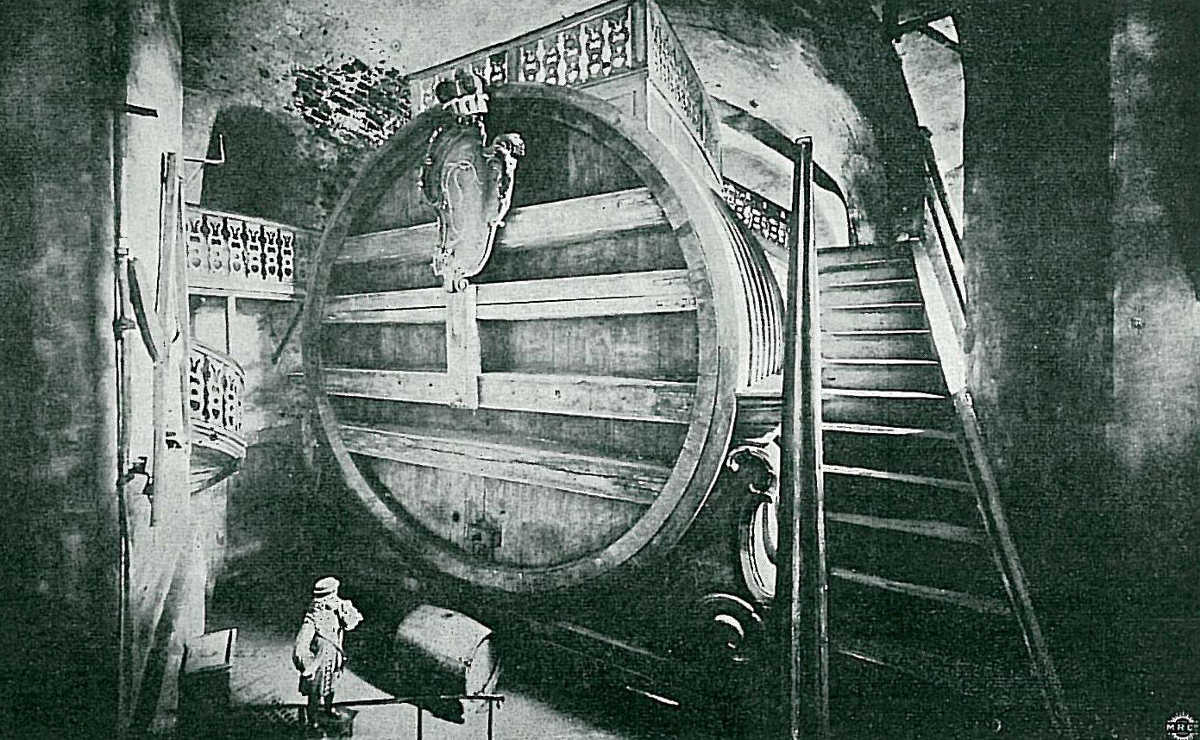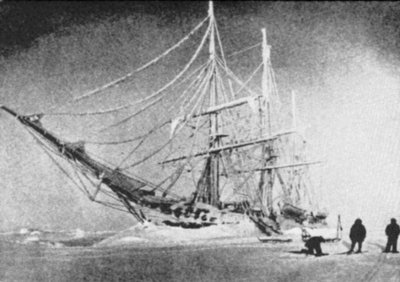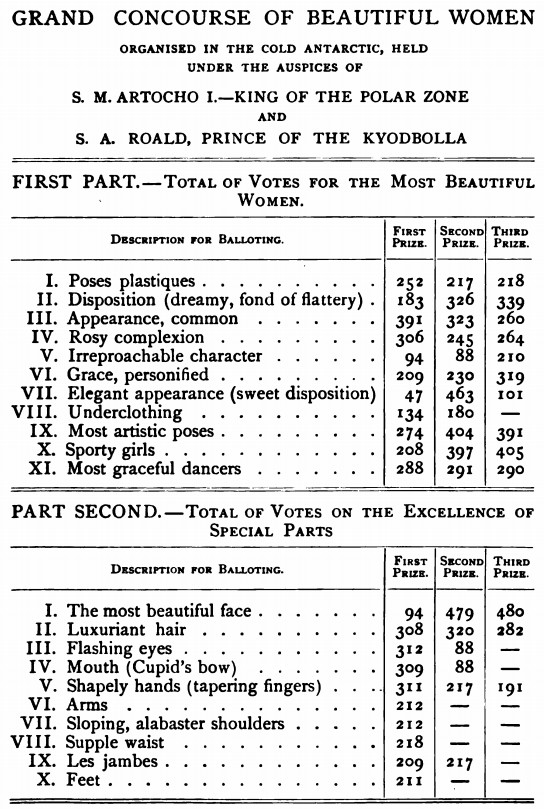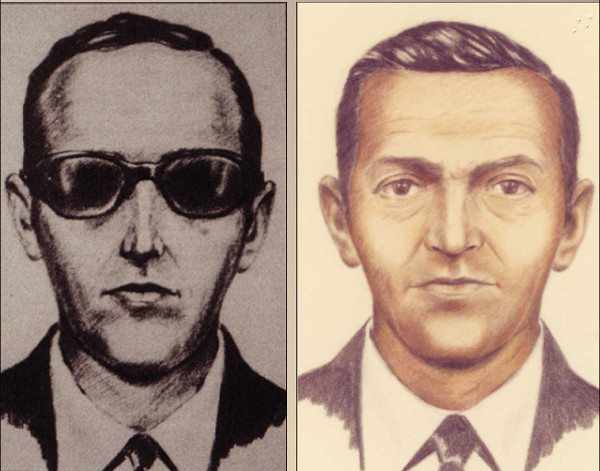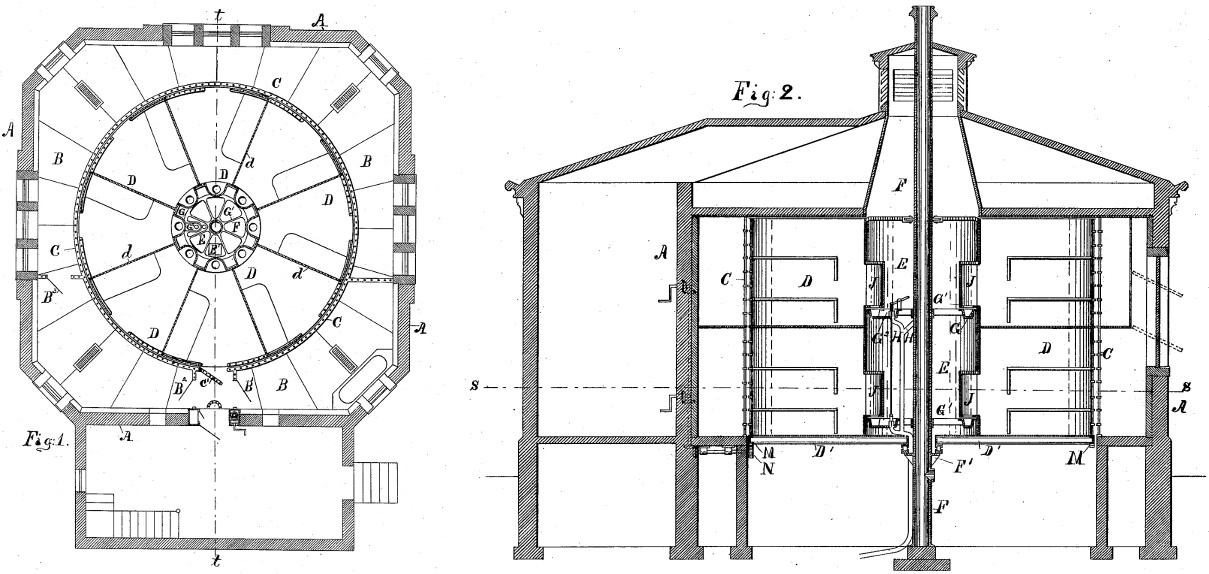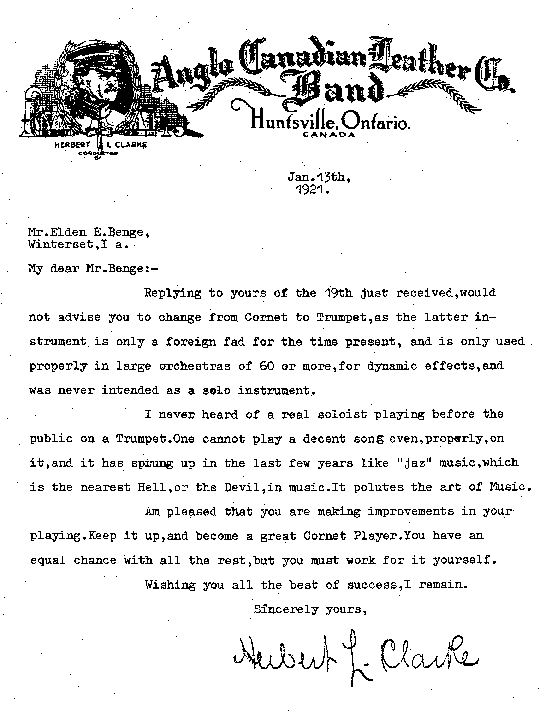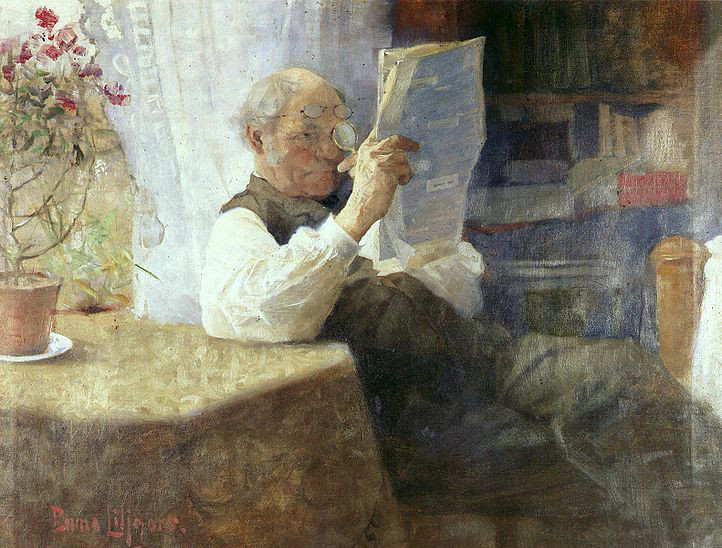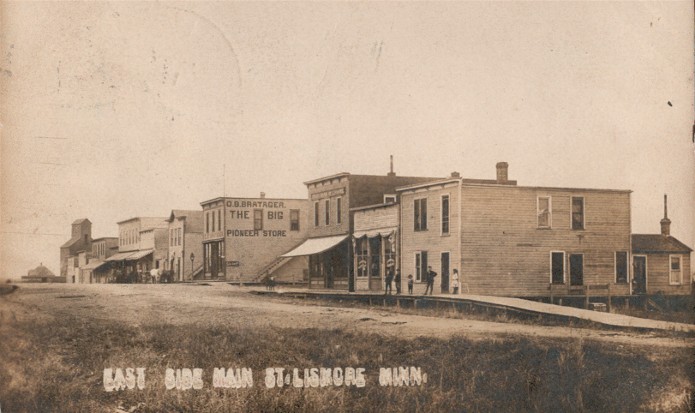
In order to get a license, London taxicab drivers must pass a punishing exam testing their memory of 25,000 streets and every significant business and landmark on them. “The Knowledge” has been called the hardest test of any kind in the world; applicants must put in thousands of hours of study to pass a series of progressively difficult oral exams that take, on average, four years to complete. The guidebook for prospective cabbies says:
To achieve the required standard to be licensed as an ‘All London’ taxi driver you will need a thorough knowledge, primarily, of the area within a six-mile radius of Charing Cross. You will need to know: all the streets; housing estates; parks and open spaces; government offices and departments; financial and commercial centres; diplomatic premises; town halls; registry offices; hospitals; places of worship; sports stadiums and leisure centres; airline offices; stations; hotels; clubs; theatres; cinemas; museums; art galleries; schools; colleges and universities; police stations and headquarters buildings; civil, criminal and coroner’s courts; prisons; and places of interest to tourists. In fact, anywhere a taxi passenger might ask to be taken.
Interestingly, licensed London cabbies show a significantly larger posterior hippocampus than non-taxi drivers. Psychologist Hugo J. Spiers writes, “Current evidence suggests that it is the acquisition of this spatial knowledge and its use on the job that causes the taxi driver’s posterior hippocampus to grow larger.” Apparently it’s not actually driving the streets, or learning the information alone, that causes the change — London bus drivers don’t show the same effect; nor do doctors, who must also acquire vast knowledge; nor do cabbies who fail the exam. Rather it seems to be the regular use of the knowledge that causes the change: Retired cabbies tend to have a smaller hippocampus than current drivers.
While driving virtual routes in fMRI studies, cabbies showed the most hippocampal activity at the moment a customer requested a destination. One cabbie said, “I’ve got an over-patched picture of Peter Street. It sounds daft, but I don’t view it from ground level, it was slightly up and I could see the whole area as though I was about 50 foot up. And I saw Peter Street, I saw the market and I knew I had to get down to Peter Street.” Non-cabbie volunteers also showed the most activity when they were planning a route. “Thus,” writes Spiers, “the engagement of the hippocampus appears to depend on the extent to which someone thinks about what the possible streets they might want to take during navigation.”
(Hugo J. Spiers, “Will Self and His Inner Seahorse,” in Sebastian Groes, ed., Memory in the Twenty-First Century, 2016.)


